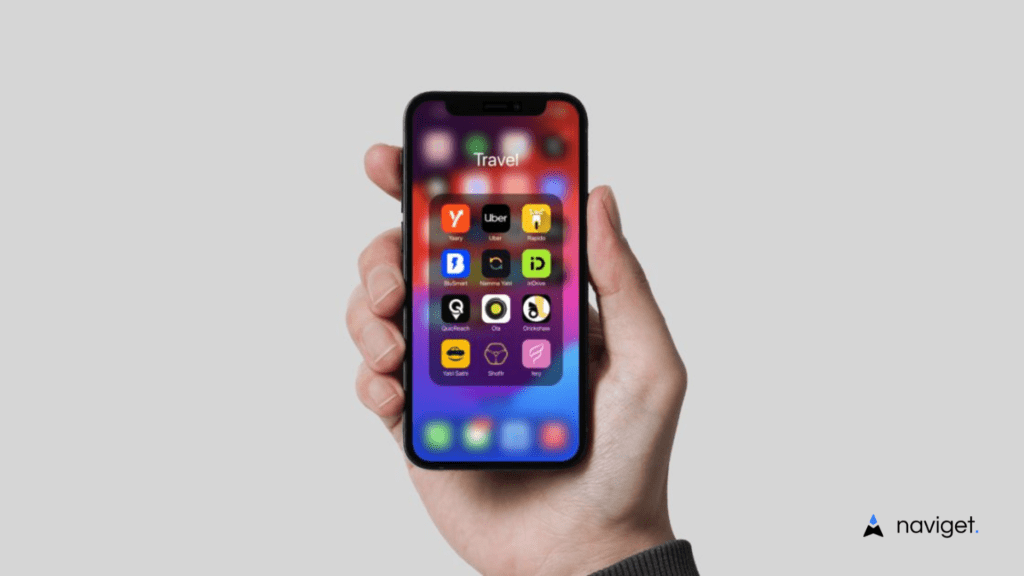
When you need a ride, you pull out your phone and check your options. Whether it’s Ola, Uber, Rapido, or Nammayatri, the ride experience feels the same. The days of distinct services and loyal users are fading, giving way to a commoditized market where the differences between platforms are negligible.
A Commoditized Market
For years, Ola and Uber dominated India’s ride-hailing market, creating the illusion of a fierce rivalry. But today, they’ve become nearly indistinguishable. Drivers often use multiple apps simultaneously—Ola, Uber, Rapido, Nammayatri—to maximize their income. For passengers, this means a ride booked on one app offers almost the same experience as a ride booked on another.
The ride-hailing giants have become commodities. Price, driver availability, and vehicle quality are so similar that users often switch platforms based solely on fare comparisons. The result? A lack of customer loyalty and a race to the bottom for both platforms.
Why Commoditization is a Problem
Commoditization spells trouble for promising tech companies. Successful businesses either:
- Leverage network effects to build a natural monopoly (e.g., Facebook, where more users mean a better experience for everyone).
- Offer a vastly superior product, fostering strong customer loyalty (e.g., Google for search engines or Apple for smartphones).
Ola and Uber fail to fit either mold. Their network effects plateaued when they maxed out their driver supply, and most drivers now work across all major apps. Similarly, neither platform offers a significantly better service to win over customers long-term.
For passengers, the focus has shifted entirely to price and convenience. Loyalty has disappeared. Users now toggle between apps to find the cheapest ride for their trip, reinforcing the commoditized nature of the industry.
A Fragmented Future
As Ola and Uber grapple with these challenges, emerging players like Rapido, BluSmart, and Nammayatri are chipping away at their market share. These smaller platforms focus on specific niches:
- BluSmart emphasizes sustainability with EV fleets.
- Rapido dominates bike taxis for quick, affordable rides.
- Nammayatri offers metered fare autos in Bengaluru, aligning with local needs.
The ride-hailing market in India is shifting toward fragmentation. Customers now seek platforms tailored to their preferences, and newer apps are capitalizing on this demand.
Enter Naviget: Redefining the Game
Naviget recognizes this shift and offers a solution for both riders and operators. Instead of competing directly with ride-hailing giants, Naviget bridges the gap between users and a fragmented market.
For riders, Naviget simplifies commuting by allowing them to compare options across multiple platforms. Whether you’re looking for the cheapest fare, the fastest ride, or a sustainable option, Naviget puts all the information at your fingertips.
For operators, Naviget provides a fair platform to showcase their offerings without the heavy lifting of building user-side tech or battling high customer acquisition costs. Smaller aggregators can focus on their strengths while Naviget ensures they’re visible to a larger audience.
The Future of Ride-Hailing
The era of a single ride-hailing monopoly is over. The Indian market is evolving into a dynamic ecosystem where multiple players coexist, each catering to specific user needs. Naviget is at the forefront of this transformation, empowering users with transparency and giving operators a fair chance to thrive.
As the ride-hailing landscape continues to fragment, Naviget is not just keeping pace—it’s leading the way toward a more accessible, efficient, and customer-centric future.


